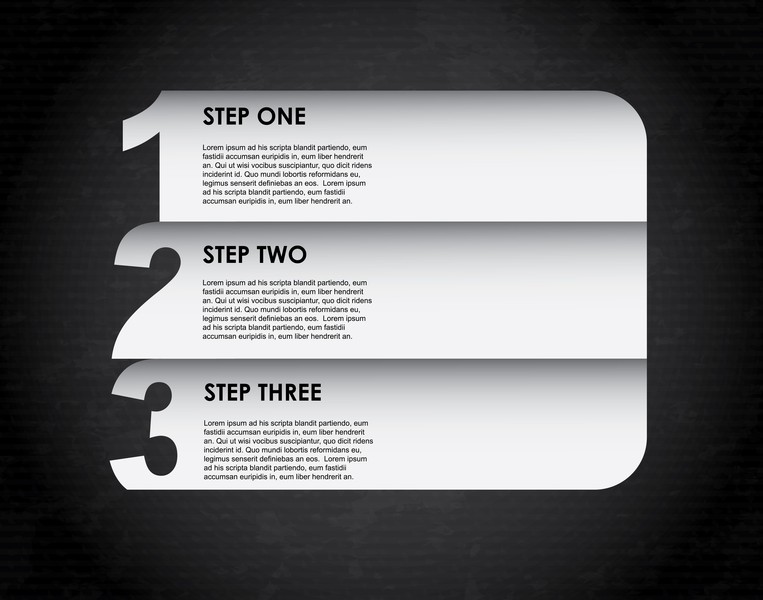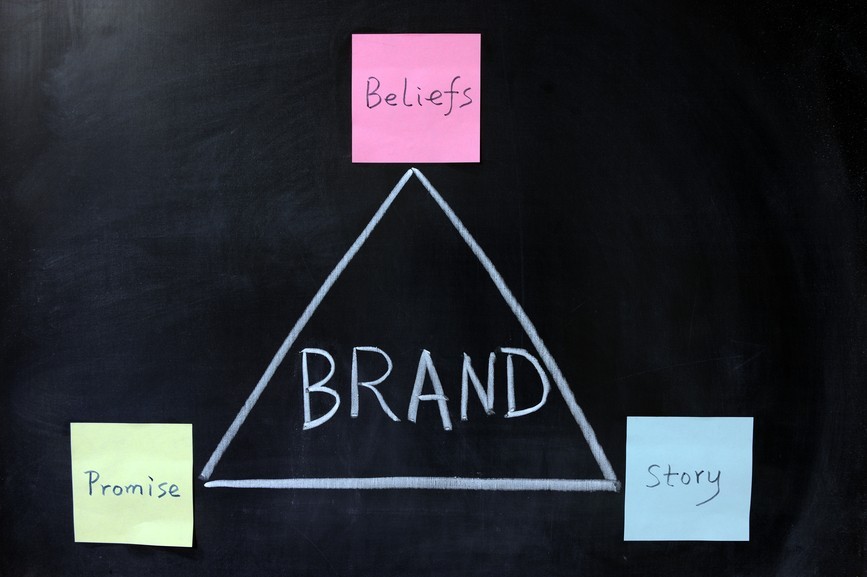All successful brands have a set of guidelines that underpin every aspect of the way they communicate – from marketing and advertising, through to key messages and PR.
I thought it might be helpful to summarise the main elements:
Name
What’s in a name? Pretty much everything. The word, or words in themselves can’t convey too much in the way of ideas but whether a name is descriptive (Mark Wall Communications), associative (Vodafone), or abstract (Orange), its job is to become loaded with meaning… and it helps if it doesn’t mean something rude in another language.
Logos
Sometimes a picture speaks a thousand words and having a recognisable symbol, badge or insignia attached to your brand opens up a whole world of visuals, including…
Typography
From the style of your logo (whether it includes, or sits alongside your business’s name) to the choice of font your emails are composed in, using a distinctive form of typography (definitely not ‘Comic Sans’) creates and reinforces brand recognition.
Colours
Another key part of your logo and your overall style is consistency in the way you use colour. Think of Barclays, for example and it’s hard not to recall the particular shade of blue that’s used in everything from their signage to the edges of their credit cards. Or take the main supermarket chains: green (Asda), orange (Sainsbury’s), blue (Tesco) and yellow (Morrison’s). Colour is all about creating a sense impression and brands increasingly think about things like sound, texture and taste in the same way.
Tone of voice
What you say is important but not so much as how you say it and making sure that both things are consistent. Do you want your brand to sound calm and authoritative, or maybe your style is cheeky and anarchic? Getting your tone of voice right is vital – and it has to match your visuals.
For help with branding and making sure your business gets the recognition it deserves, drop me a line: mark@markwall.co.uk


